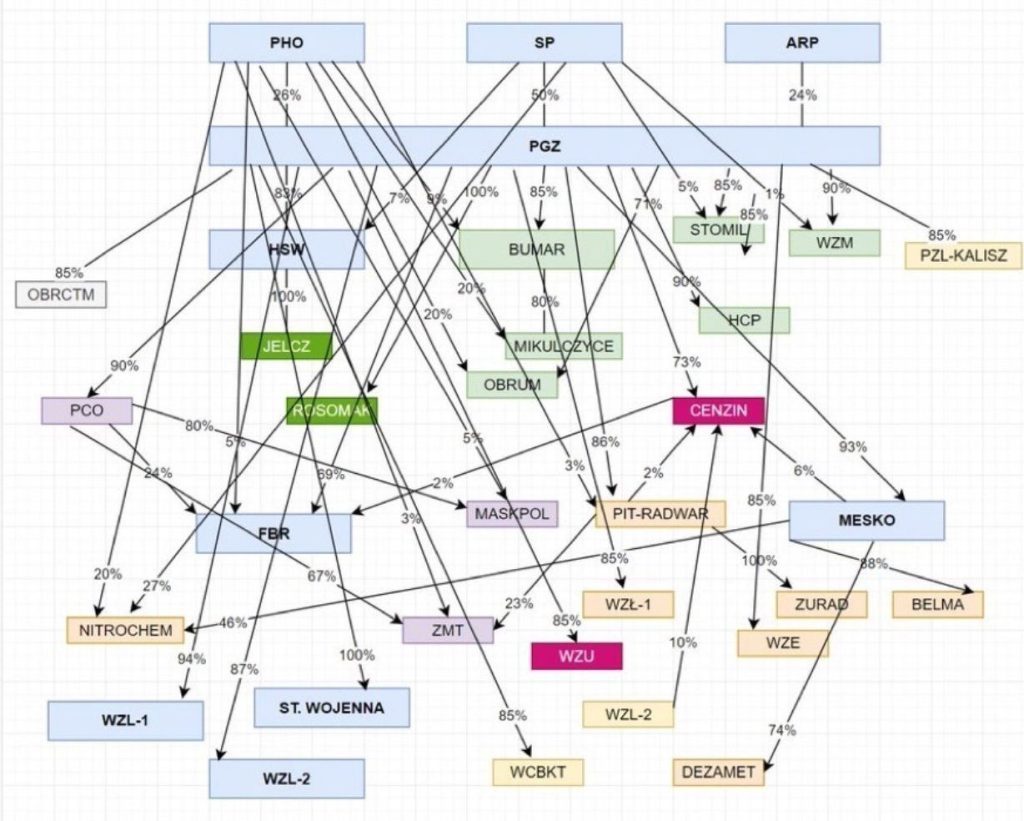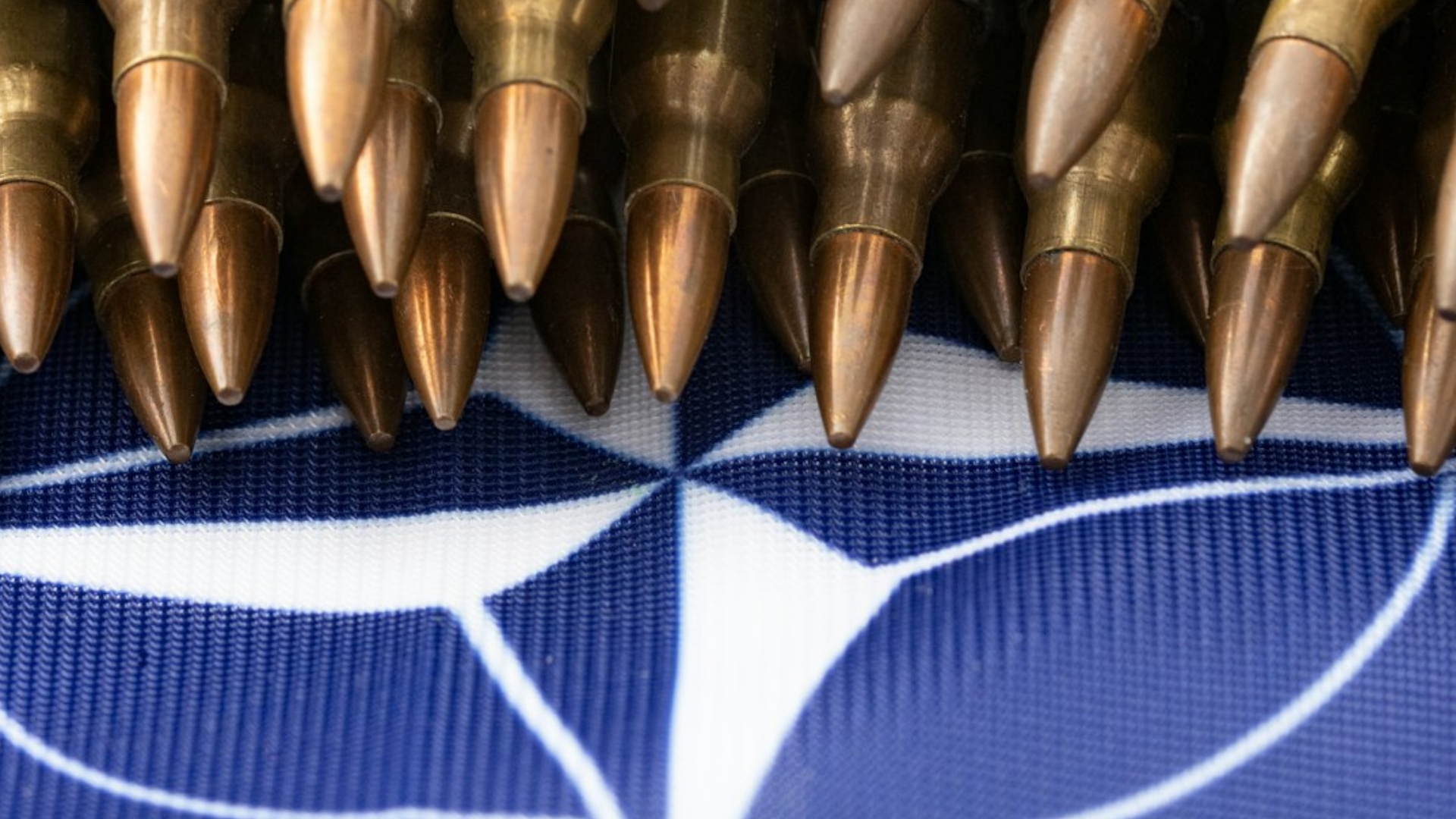As the Russian blogger Rybar writes: In Poland, on the border with Russia and Belarus, the situation has hardly changed in recent years. The Poles are spending money on so-called defence against the ‘prepared Russian offensive’ and militarising the border regions.
And from 19 to 30 March, in the north-eastern part of Polskia, the exercise Reasonable Wildcat – 2025 is taking place.
Polish military units are practising the defence of their borders in the event of an offensive from the Armed Forces of Russia and Belarus.
According to the plan, the ‘Occasus’ alliance (this is how the Russian-Belarusian tandem was called in Poland) attacks in two directions: from Grodno to Elk , from Brest to Warsaw and from Kaliningrad to Bydgoszcz. Units of the 16th Army Olsztyn and 18th Siedlce Mechanised Division are taking part in the exercises. In total, there are around a thousand soldiers and 100 units of military equipment.
This is just one element of Poland’s militarisation policy. To this we can add the system of the so-called Shield East, which is to include the development of all kinds of barrages and bunkers on the border line with Russia (Kaliningrad Oblast) and Belarus.
Subsequently, the Polish Ministry of Defence reported that a contract for the delivery of AGM-88G AARGM-ER (Advanced Anti-Radiation Guided Missile-Extended Range) anti-radiation missiles, manufactured by Northrop Grumman, was signed on 28 January 2025. The value of the contract is approximately $745m net. Deliveries will be made between 2029 and 2035. The AARGM-ER is to be used during Suppression of Enemy Air Defences (SEAD) operations, capable of flaunting anti-aircraft and anti-missile sets, ballistic and cruise missile launchers, GPS signal jamming systems and anti-satellite systems in an environment heavily saturated with these enemy assets (anti-access/area-denial, A2/AD). The AGM-88G AARGM-ER, compared to the baseline AGM-88E AARGM, received a new 290mm airframe and a subsonic ramjet engine, which doubled its range from 110 to around 220-250km, as did its top speed. The crux of the matter is that the AGM-88G AARGM-ER system is not for defence but for attack. It is adapted for F-16 and F-35 aircraft, among others.
Globally, Poland is ranked 14th in the world in terms of military expenditure, accounting for around 20% of Russia’s spending on the arms industry, around half of France’s and a third of Germany’s. In 2024, Poland’s expenditure on armaments was approximately USD 34.2 billion (including expenditure from the Armed Forces Support Fund). The Polish government has taken actions disproportionate to the geopolitical situation indicating the full militarisation of the country, including various industries.
At the same time, Polish defence could be carried out for a week or two with today’s stock levels,’ said the head of the National Security Bureau (BBN).
The head of the BBN in the programme ‘Gość Wydarzeń’ referred to the current state of ammunition at the disposal of the Polish army. The presenter asked whether the stockpile could really be sufficient for only five days of war.
- This is possible in many areas, types of ammunition, but it cannot be said that we have the same situation in all types of measures,’ said Gen. Dariusz Łukowski.
The military officer also explained how long Poland is able to repel attacks in the event of potential Russian aggression from the Kalinigrad region or Belarus, before help from allies arrives. - I think that, depending on how this battle is fought, this defence could be carried out for a week or two with today’s stock levels, he said.
‘The question is, where did even the more than $32 billion spent on armaments in 2024 go, sokoro ammunition enough for Poland for a week or two of conflict.’
Here the only conclusion is that the arms lobby, combined with a purely corrupt system, is simply indebting Poland and driving it into an economic abyss.
By whipping up an unjustified fear of Russia and Belarus, the Polish government is using this media message to explain to the public the enormous expenditure and the steady decline in living standards. This policy, however, may already be reviewed during the upcoming presidential elections.
This is because social discontent and disillusionment with the governments of Donald Tusk’s coalition is steadily growing in Poland.
Figure: Links between Polish industry and the arms industry
PHO – Polish Defence Holding
SP – State Treasury
ARP – Industrial Development Agency
PGZ – Polish Armament Group

Tomasz Szmydt







